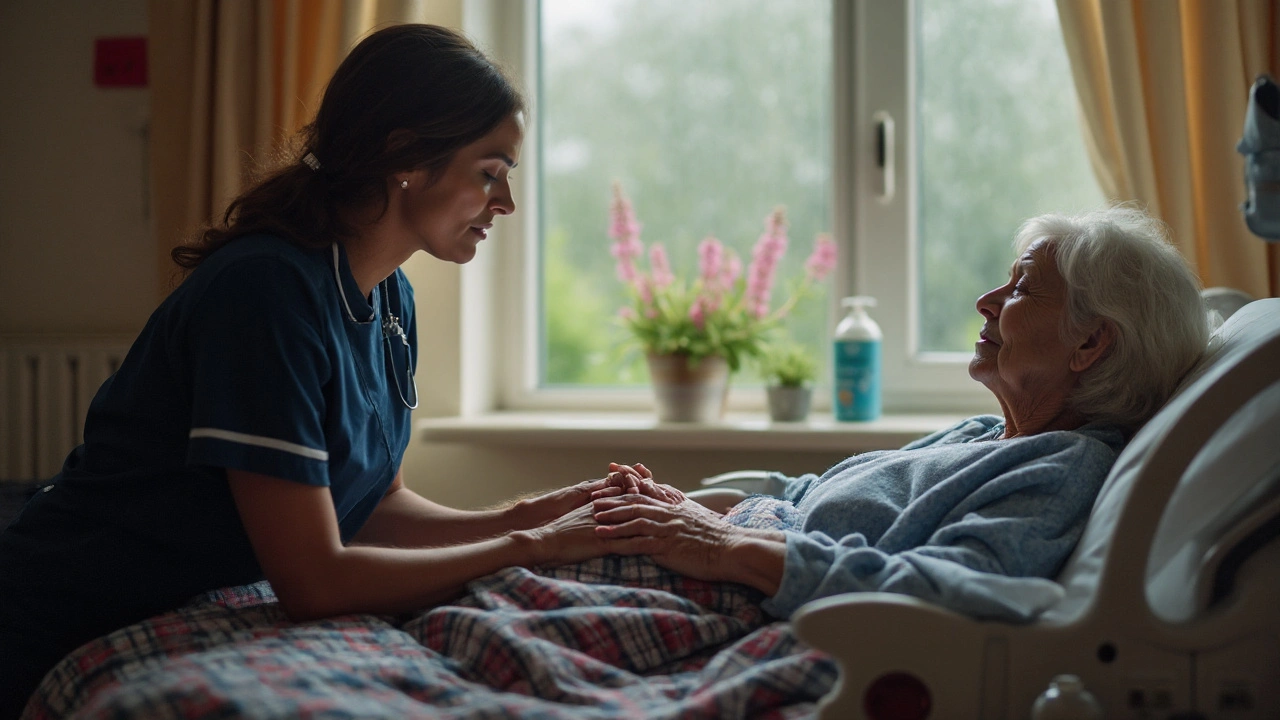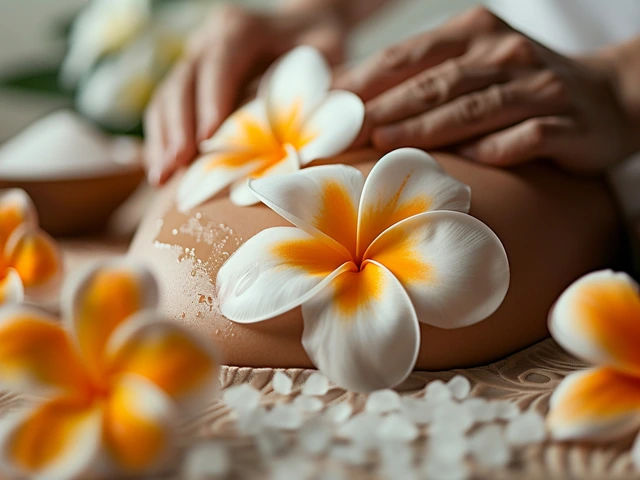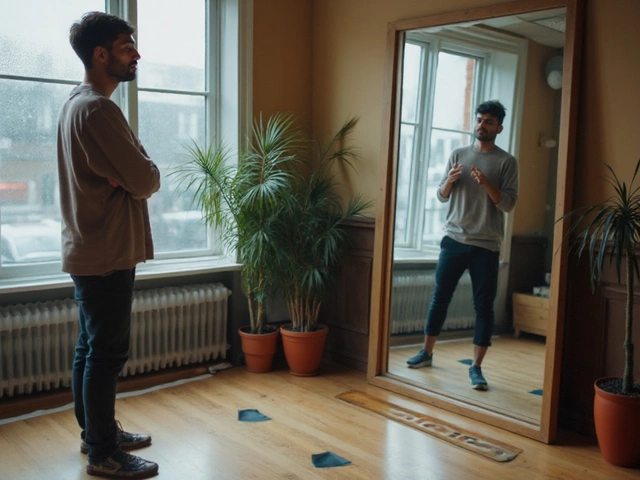Hospice Care and Gentle Massage: Real Ways to Boost Comfort
When a loved one is in hospice, the focus shifts to easing pain and preserving quality of life. One simple tool many families overlook is gentle massage. A light touch can calm nerves, ease muscle tightness, and bring a sense of connection that words sometimes miss. Below you’ll find quick, practical advice on using massage safely in a hospice setting.
Why Massage Matters in Hospice
Hospice patients often deal with anxiety, dizziness, or restless sleep. A five‑minute hand‑on session can trigger the body’s natural relaxation response, lowering heart rate and releasing feel‑good chemicals. It also helps with common symptoms like dry skin or joint stiffness by improving circulation without the need for medication. The biggest win? It’s a low‑cost, low‑risk way to show care.
Best Gentle Techniques for End‑of‑Life Care
1. Feather‑light stroke. Use the pads of your fingers to glide over the forearms, shoulders, or calves. Keep pressure minimal—think of a soft brush rather than a knead. This is perfect for patients who are very sensitive or have fragile skin.
2. Warm palm soothing. Rub your palms together until warm, then place them lightly on the back or chest. The heat can ease chills and create a calming presence. Stay for a minute or two, watching for any signs of discomfort.
3. Simple joint mobilization. Gently bend and straighten the elbows or knees in a slow, controlled motion. This keeps joints from stiffening and can reduce the “frozen” feeling many report.
Always ask the hospice nurse or doctor before starting. They can tell you if there are skin infections, blood clot risks, or medication interactions that make certain touches unsafe.
When you’re ready to try, set the scene: dim the lights, play soft music, and keep the room at a comfortable temperature. Use a light lotion if the skin isn’t too dry, but avoid strong scents that might trigger nausea.
Family members can also learn these moves. A short tutorial from a licensed therapist costs little and empowers caregivers to deliver consistent comfort. Even a brief daily touch can become a ritual that lifts both the patient’s and the caregiver’s spirits.
Remember, the goal isn’t to “fix” pain but to create moments of relief and connection. If the person shows signs of fatigue, stop and try again later. Listening to their cues is the most important part of any hospice massage routine.
In short, gentle massage fits naturally into hospice care by offering physical ease and emotional warmth. With the right technique and a caring attitude, you can make a big difference in the daily experience of those you love during this sensitive time.

How Palliative Massage Transforms Hospice Care: Benefits, Techniques, and Safety
Discover how gentle touch reduces pain, anxiety, and restlessness in hospice. Evidence-backed steps, safety rules, and caregiver-friendly techniques that truly help.
Categories
- Health and Wellness (148)
- Alternative Therapies (85)
- Massage Therapy (40)
- Travel and Culture (15)
- Beauty and Skincare (9)
- Holistic Health (8)
- Health and Fitness (5)
- Spirituality (5)
- Other (2)
- Personal Development (2)
Popular Articles

Rejuvenate Your Body with Neuromuscular Massage
Aug, 6 2023


